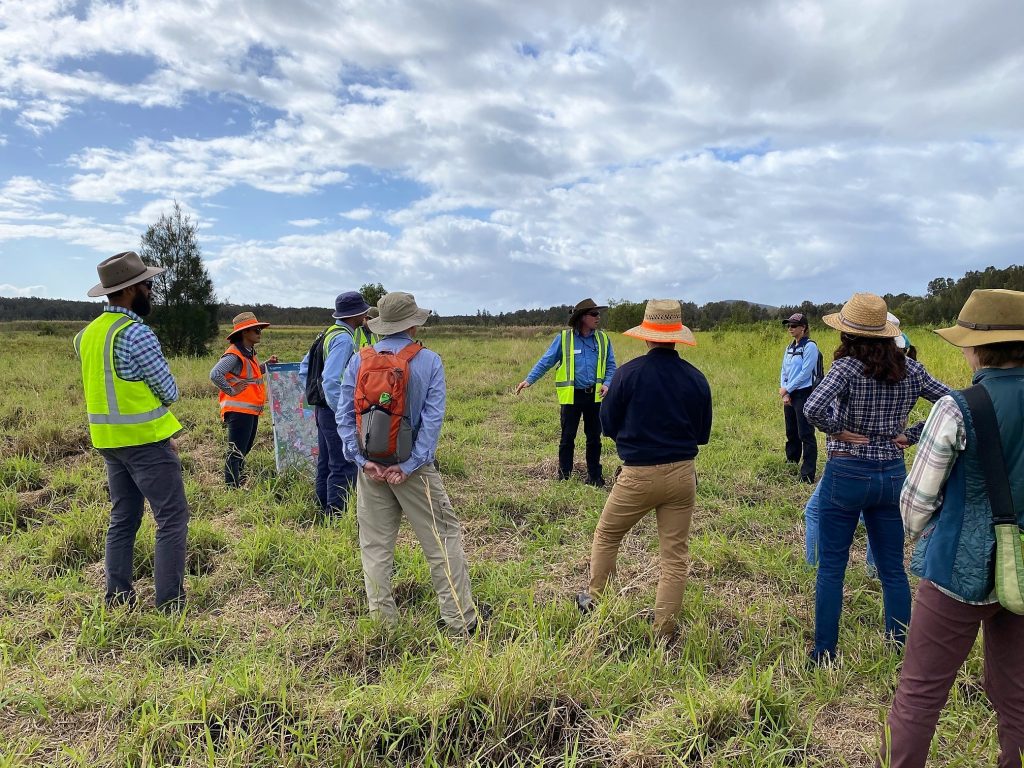
Sunshine Coast Council recently hosted a forum with experts from throughout Australia to discuss and plan a blue carbon pilot project within the Blue Heart Sunshine Coast conservation area, which is located in Maroochy River.
Phase 1 of the project will be funded by an investment from the Queensland Government’s Land Restoration Fund (LRF) – which seeks to support carbon projects that deliver additional environmental, social and economic, and First Nations co-benefits.
Blue carbon is carbon stored in coastal wetland areas such as mangroves and salt marsh vegetation – it helps to reduce greenhouse gas emission.
Sunshine Coast Council Mayor Mark Jamieson said Blue Heart Sunshine Coast was continuing to realise the important objectives that were established when he launched the project in July 2019.
“It’s through our ongoing collaboration with Blue Heart partners – Unitywater and Department of Environment and Science – and learnings from the valuable knowledge of Australian specialists that we will achieve our goals,” Mayor Jamieson said.
“Last week, the Blue Heart partners came together to host a forum with blue carbon and tidal wetland experts from a number of Australian universities and representatives from the state and federal government.
“The knowledge gathered at this meeting, and the LRF’s investment will allow us to start collecting data at a 40 hectare pilot project site on Yandina-Coolum Road, Maroochy River.
“The site in the Maroochy River floodplain is low-lying, like most of the Blue Heart area, and will be subject to increased tidal inundation and sea-level rise over time.
“The pilot project will be undertaken over a number of years and will help to demonstrate how land restoration projects can provide opportunities to capture and store carbon.
“It will also bring us a step closer to understanding more about blue carbon farming for private landowners within the Blue Heart in the future.
“As part of this pilot project, council will also be measuring the environmental, social and economic co-benefits of this restoration.
“Some of these benefits will include providing flood storage area, reducing pollution in our waterways and improving habitat areas for fish.
“The Blue Heart is a fantastic example of how council is taking action now to identify risks, and help our community prepare for the impacts of climate change, especially as more people choose to live here,” Mayor Jamieson said.
Minister for the Environment and Great Barrier Reef Meaghan Scanlon welcomed the forum and said it would add to the Palaszczuk Government’s almost $1 billion investment to protect the environment, create jobs and drive the state’s economic recovery.
“We are committed to developing the job and economic opportunities in carbon farming; research has shown that Queensland’s emerging carbon farming industry could contribute up to $8 billion to the economy by 2030, helping to generate new jobs, revenue streams and market opportunities, especially for regional, rural and First Nations communities,” Minister Scanlon said.
For more information and updates on Blue Heart Sunshine Coast, visit sunshinecoast.qld.gov.au/blueheart
To find out more about the Land Restoration Fund visitwww.qld.gov.au/environment/climate/climate-change/land-restoration-fund
